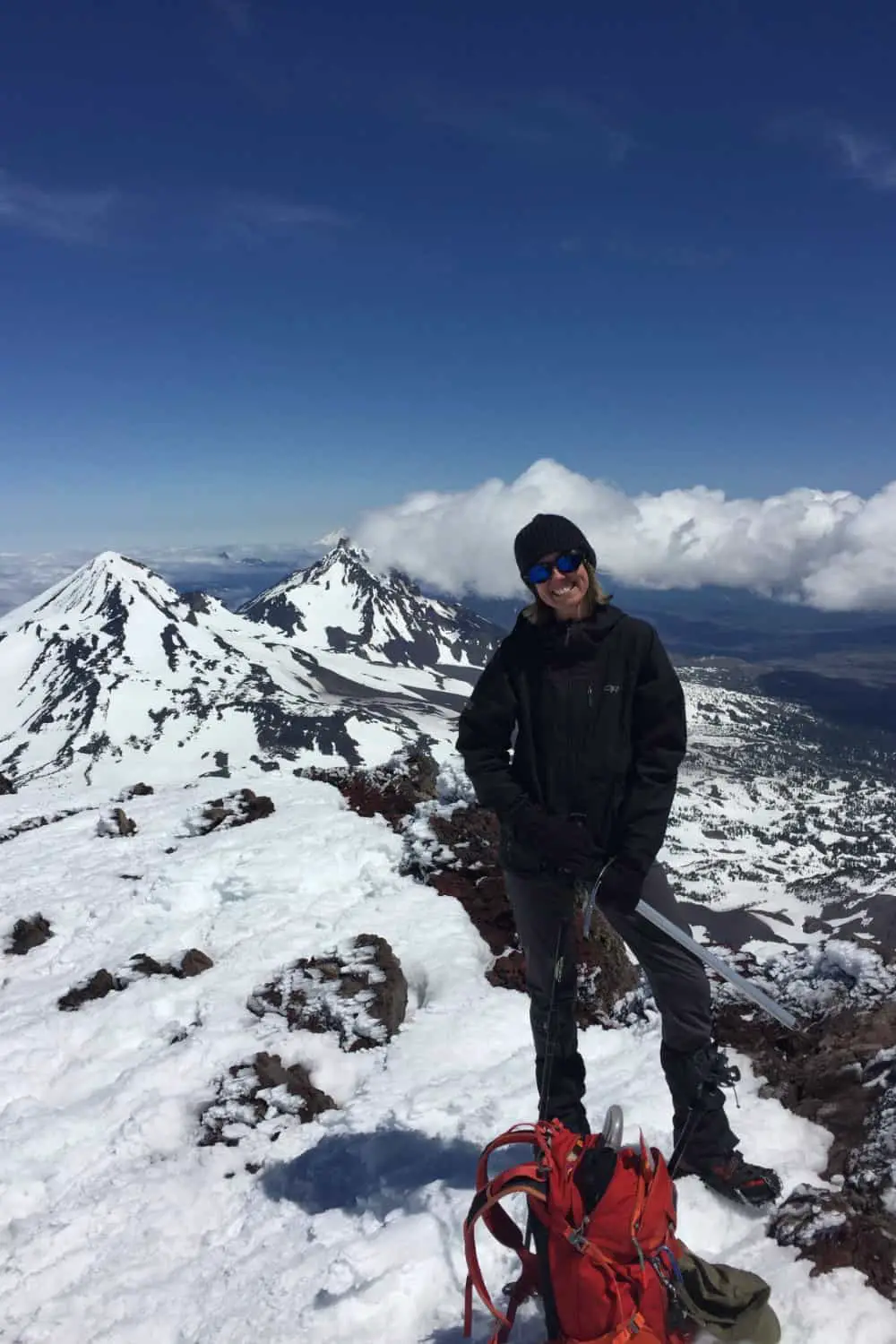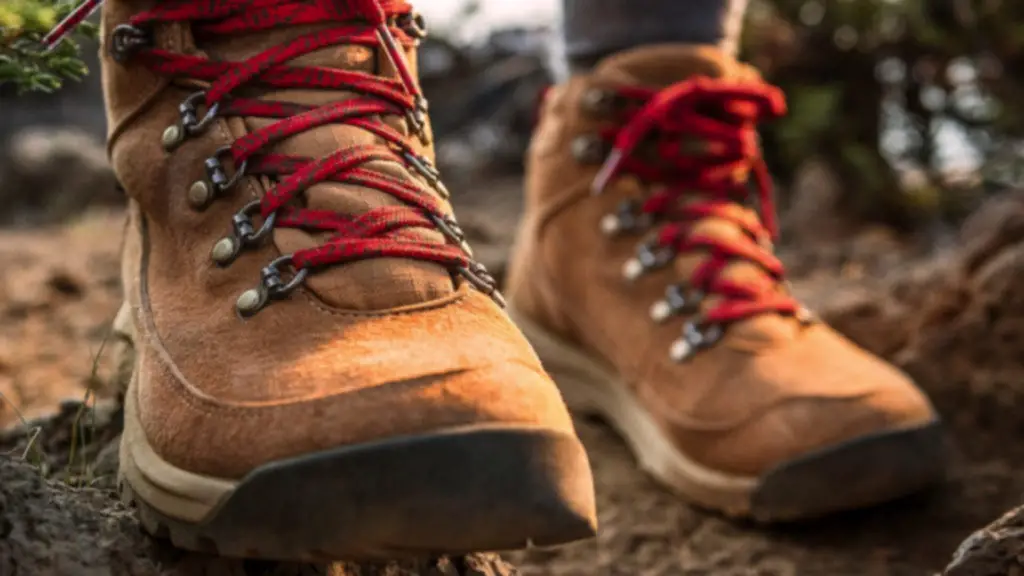For when you need to step it up a notch, a backpacking boot offers a more protective upper and a slightly chunkier sole that can withstand long days, high miles, and heavy weight, while enduring multiple changes in terrain and weather. That through hike of the PCT, CDT, or AT? A weekend of 40 miles and 12k in gain while carrying a stove, food, tent, sleeping bag, water, layers, and more Swedish Fish than you care to admit? These are the type of boot you need when you need a little extra. These are your heavy hitters.
Features
- Uppers: Leather or a hardcore synthetic upper, rarely not waterproof. Leather offers excellent durability and abrasion resistance, but less breathability than its synthetic counterparts. Leather will require some break-in time but will also last many years if cared for properly. Backpacking boot uppers will always be extra-strong to protect your feet from sharp rocks, stabby branches, freezing cold nights, and ankle-deep mud, snow, or water.
- Lugged sole: deeper lugs spaced farther apart give more traction and help shed mud and snow more easily. A prominent heel brake makes it easier to descend without sliding.
- Ankle support: A high ankle provides extra insurance against injury and helps you balance a heavy pack, and is one of the main differences between a backpacking boot and a hiking shoe.
Uses
- On- or off-trail travel
- Multi-day trips
- Rough terrain where an ankle roll is a hazard
- Travel in areas with sharp rocks, downed trees, bushwhacking
- Trips that require a heavy pack
- Cold weather
- Snow, rain, mud
Caring for Leather Boots
- Clean your boots after each use or two: I like to stuff a small towel inside each boot, so it can absorb any dampness while I scrub the outside with a leather cleaner and a dash of water, using a rag or soft brush then rinsing them clean and rubbing them dry.
- For full-grain leather, use waterproofing wax or cream. Squeeze it on and rub it in with a cloth, sponge, or bare hands, then wipe off any excess. Nikwax is the industry standard but SnoSeal and Kiwi make excellent products, and Aquaseal makes a combo waterproofing and conditioning cream for keeping the leather supple and soft.
- Don’t let them sit in your car or outdoors after a hike, especially if they are wet but anytime really. Store them in a nice dry place.
Popular Backpacking Boots For Women
- Lowa Tibet GTX
- LaSportiva Trango Tech GTX
- Asolo Power Matic 200 EVO GV
- Oboz Bridger Premium
- Salomon Quest 4D 3 GTX

Wendy Harrington is a California native who has lived in a small town at the foothills of the Cascade Mountains in Washington state since 2001. Her love of trail running and peakbagging has led her to summit all five Washington volcanoes, climb to the high points of three states, and put nearly a thousand miles a year on her boots. Her loves include ridgelines, saddles, granite, one-day pushes on big mountains, anything volcanic, long solo days, and objectives that push limits and test endurance.

